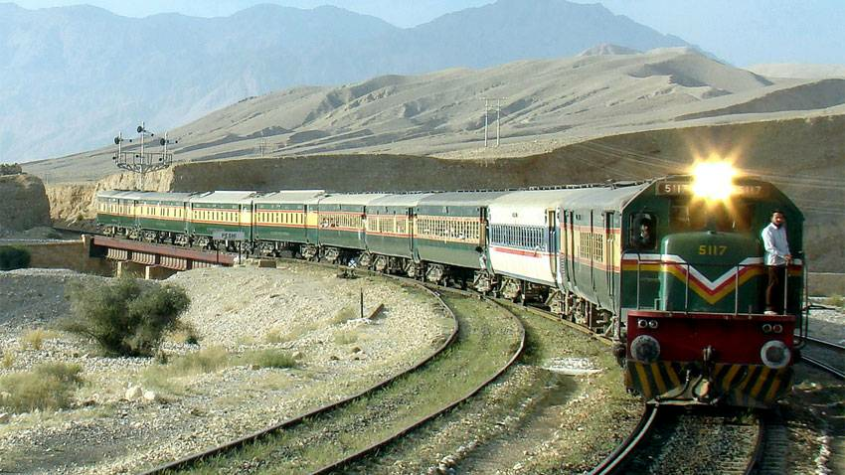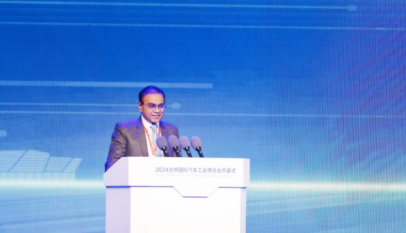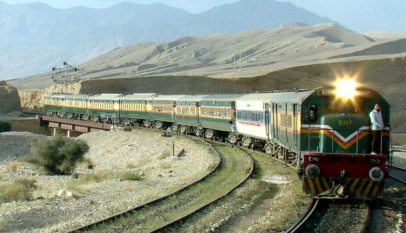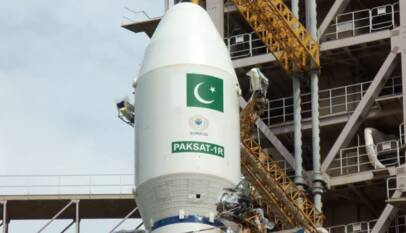CPEC Phase-II Set to Modernize Pakistan’s Railway Network
Pakistan is set to modernize its outdated railway infrastructure under the second phase of the China-Pakistan Economic Corridor (CPEC) project, which aims to enhance trade routes and streamline the movement of goods and passengers. Dr. Liaquat Ali Shah, Executive Director of the CPEC Centre of Excellence, emphasized that the Main Line-1 (ML-1) project will reduce travel time by 50% and increase freight capacity. Despite financial constraints faced by Pakistan Railways, strategic agreements have been secured for optic fiber installation along major routes, marking a significant step towards improving infrastructure and revenue generation.
The upgrade of Pakistan’s outdated railway infrastructure under the second phase of the CPEC project will streamline domestic and international trade routes, enabling faster and more efficient movement of goods and passengers.
Speaking to WealthPK, Dr. Liaquat Ali Shah, Executive Director of the CPEC Centre of Excellence, emphasized that Pakistan’s strategic geographic location places it at the crossroads of major trade routes connecting Central Asia, the Middle East, and China. However, he pointed out that the country’s underdeveloped rail system limits its ability to fully capitalize on this advantage. “Modernizing the railway network isn’t just about improving transportation; it’s about creating a seamless supply chain that will enhance Pakistan’s role in regional trade,” he explained.
The Main Line-1 (ML-1) project, a flagship CPEC initiative, involves the renovation and expansion of Pakistan’s primary railway line from Karachi to Peshawar. Both Pakistan and China have agreed to start work on the project as soon as possible. “To seize growth opportunities, we must be serious about completing this and other projects included in CPEC’s second phase,” Shah stressed.
Divided into four sections—Karachi-Multan, Multan-Lahore, Lahore-Lalamusa, and Lalamusa-Peshawar—the ML-1 project is expected to reduce travel time by 50%, increase freight capacity, and lower transportation costs. These enhancements are anticipated to boost economic activity by facilitating trade within Pakistan and with key partners like China.
Shah acknowledged that, like other state-owned enterprises, Pakistan Railways faces financial constraints, which hinder its ability to invest in infrastructure development and modernization. “However, CPEC will play a crucial role in the development and modernization of Pakistan’s railway infrastructure.”
He further noted that while the world is moving towards high-speed rail systems, Pakistan Railways remains outdated. The upgrade of railway tracks will facilitate the movement of raw materials, finished goods, and resources vital for industries such as textiles, agriculture, and manufacturing.
Recently, Pakistan Railways secured strategic agreements with two companies to install optic fiber cables along major railway routes as part of its strategy to diversify and boost revenue streams. Under an agreement with a Chinese firm, optic fiber cables will be laid along the Main Line-1 route, running from Kemari in Karachi to Peshawar Cantonment. Pakistan Railways has already received an advance payment of Rs256 million for this project.
CPEC’s Success Story: $25 Billion Invested Across 38 Completed Projects
ISLAMABAD: A total of 38 projects worth over $25 billion have been completed and 23 develo…













